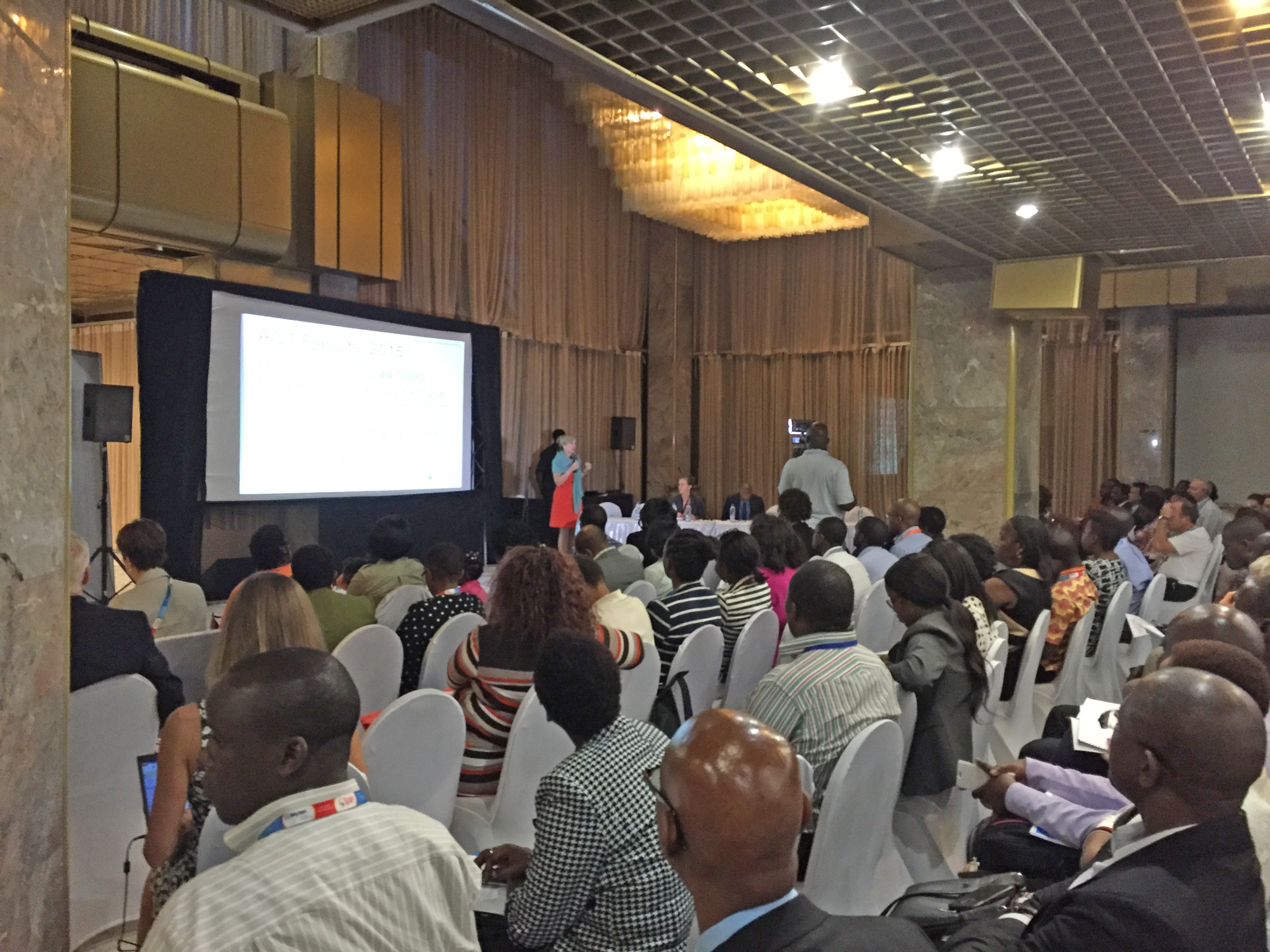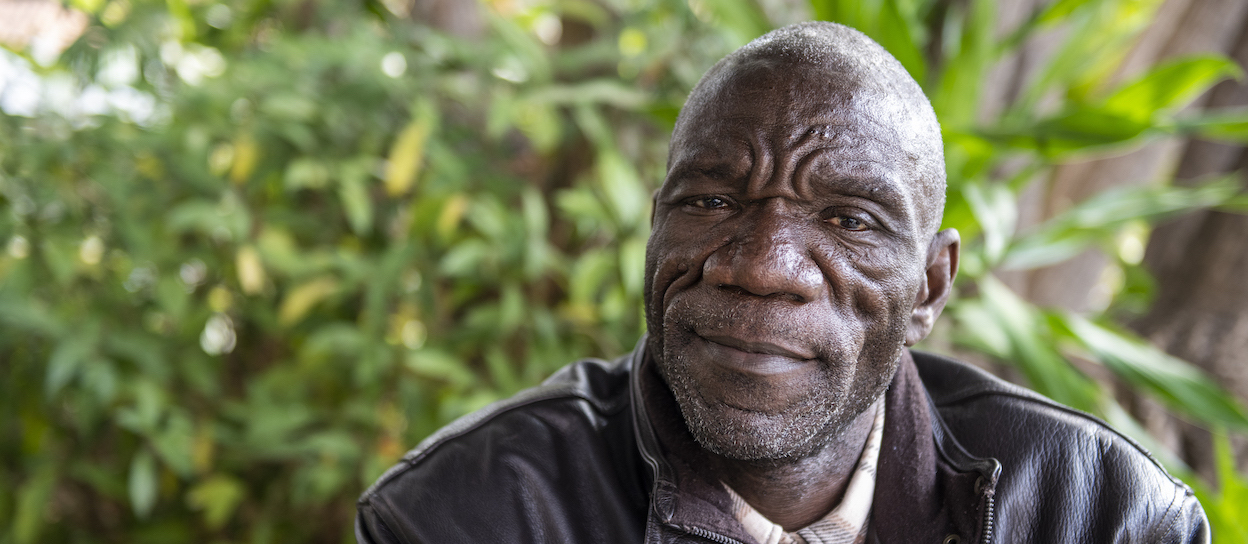Although recent years have shown some improvements in the effort to end AIDS in children, one of the greatest challenges to the pediatric HIV response continues to be the complex process of performing early infant diagnosis (EID). In 2014, less than half of the 1.4 million babies born to mothers living with HIV had access to EID screening. For those babies who were tested, the logistics of transporting samples to and from laboratories often left caregivers waiting months to receive the results. In addition, up to 50 percent of caregivers never received the results, leading to thousands of patients being lost to follow-up.
Challenges to pediatric testing take place at a critical moment for an HIV- infected infant, when delays in treatment can be devastating to the child’s health. Evidence shows that without treatment, up to 30% of HIV-positive infants will die before their first birthday, most before two months of age.
Innovative diagnostic technologies
If strategically integrated into national EID networks, new-to-market, point-of-care testing technologies have the potential to create a more rapid and decentralized approach. Point-of-care testing can not only increase the number of HIV-exposed infants who have access to testing, but also make it possible to screen infants on-site and quickly receive their test results so that HIV-positive infants can be rapidly enrolled on lifesaving antiretroviral treatment. Testing can take place while mothers and children wait and, in most cases, point-of-care EID tests results can be returned to the caretaker within two hours of collecting a sample.
Point-of-care testing platforms are easy to use in a variety of service delivery settings – not only clinics and community centers, but also general pediatric wards and nutrition centers – and do not require skilled laboratory technicians to operate. Conventional EID can be maintained in facilities that are well-supported by regional or central laboratories, while point-of-care EID platforms are introduced in regional, referral, district and health posts, and in community-based and mobile EID outreach facilities in order to achieve considerable gains in pediatric ART coverage. Currently at least two point-of-care EID platforms are making their way into the market, while others are in the development pipeline, and can be considered for use within national efforts to optimize EID networks.
Driving the innovation forward
Point-of-care EID was the focus of a pioneering symposium on optimizing access to early testing, care, and treatment for HIV-exposed infants that took place earlier this month at the International Conference on AIDS and STIs in Africa (ICASA). EGPAF in partnership with UNITAID, UNICEF, and the Clinton Health Access Initiative (CHAI) discussed the lifesaving impact that the integration of point-of-care testing into national EID networks could have for HIV-exposed infants.
The ICASA symposium emphasized the need to ensure that point-of-care products are accessible at reasonable prices, are adapted to specific country contexts, are integrated effectively into health systems, and that health care workers on the ground are well-trained on how to use them. In addition, the participants discussed the need to create a supportive environment for integrating point-of-care technologies into health systems through the adoption of national and global policy recommendations. Finally, the symposium highlighted the need to ensure that those infants who are diagnosed are then promptly linked to treatment.
To achieve these goals, EGPAF is working hand-in-hand with ministries of health, industry, academics, and key global stakeholders – such as WHO, UNAIDS, The Global Fund and PEPFAR – to implement a UNITAID-funded project that will catalyze the introduction of point-of-care HIV testing into the EID networks of nine African countries. The project aspires to increase the number of infants with HIV receiving life-saving treatment, while also developing robust global and national markets for affordable, effective and equitable HIV infant testing. Through this project, EGPAF will leverage its work in nearly 8,000 health facilities in 15 countries worldwide to tackle one of the biggest challenges of the pediatric HIV treatment cascade, making it possible to increase the number of HIV exposed infants tested, decrease the turn-around time from taking a sample to receiving test results, and improve the linkage to treatment. The project aims to make a significant contribution to achieving the 90-90-90 goals and creating a world where no child has AIDS.




